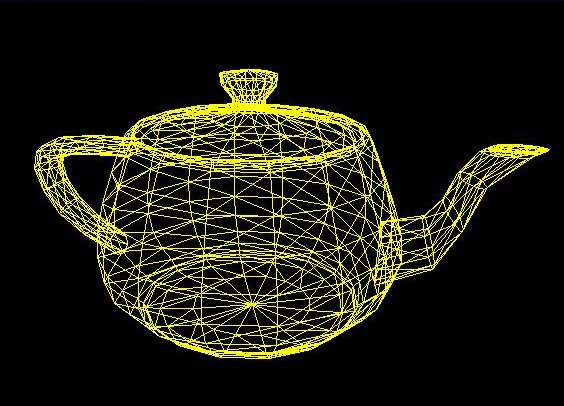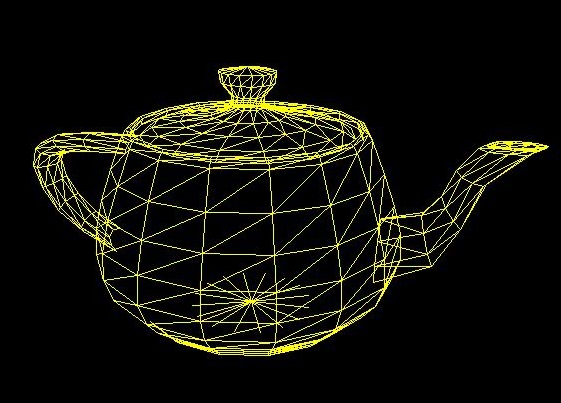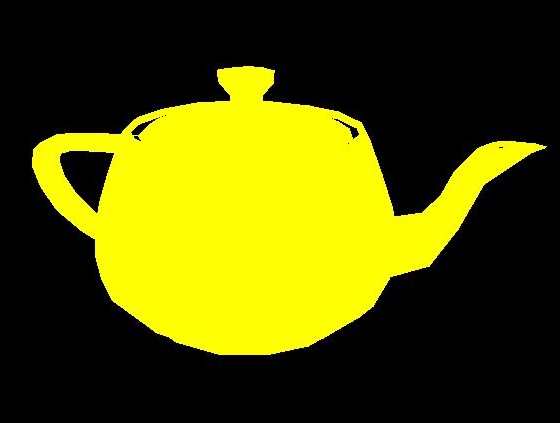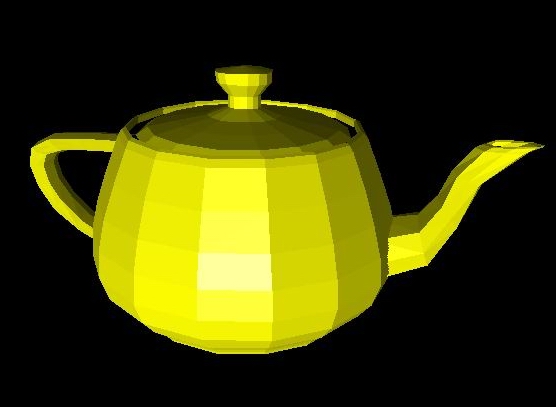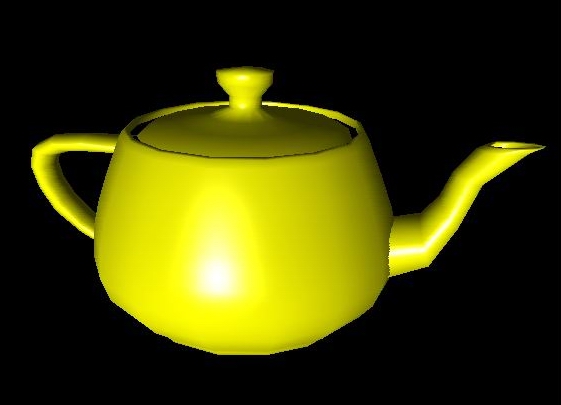Teaching:TUW - UE InfoVis WS 2007/08 - Gruppe 05 - Aufgabe 1 - Rendering
Rendering[edit]
Definition[edit]
Rendering is the process of creating a viewable image from a model or mathematical representation.
Overview[edit]
Rendering as a technical term means the algorithmic creation of an image from a mathematical representation of objects, scenes, or data. In computer graphics, the task is most often to render a realistic 2D image of a 3D scene where the objects of the scene are represented by geometrical primitives like vertices, surfaces, vectors, splines, etc. and where the rendering is parametrized by information about light sources, camera position or camera focal distance etc. In 3D computer animation, the task is to create a sequence of images where the content of the scene or the camera parameters change from image to image.
In the context of information visualization, the mathematical representation can be more abstract: it could be data from a GIS (geographical information system) where the result image could be a 2D map representation of a geographical area or a 3D bird-view of the area. It could also be a set of vectors (multivariate data) where the rendering creates an easily graspable 2D image of the multimensional data, for example with a parallel coordinate display (Johansson et. al. 2005).
In the area of computer graphics, an important research topic is the effective and fast as well as realistic creation of the 2D image from the mathematical model. This is hard because the for a realistic rendering, the scene has to be described by a massive amount of data and the creation of a realistic representation that includes shadows, texture, mirror images, transparent objects requires a massive amount of computation.
In the area of information visualization, performance issues are important when the amount of data to visualize becomes large, but since the real aim is to create an image that should be easily graspable the research questions are more related to issues of in what way to render the data, how to interact with the rendered image, or how to emphasize what is important and suppress unimportant detail (see Generalization)
Techniques[edit]
There are several different techniques:
- wire frame: This is the abstract representation of the object just with edges (with or without visible surface detection)
- scan fill: This rendering mode just fills the object with a solid color and doesn't consider any lighting, shading or reflections
- flat shading: -considers different lighting aspects (shading) and reflections. Every polygon mesh is filled with the same color, but it varies within the object. This method takes care of all lighting aspects, but it doesn't give you a smooth surface, because you still see all the edges from the wire frame.
- gouraud shading, phong shading: These are two similar techniques to create very smooth surfaces. The computation of the surface is complex, therefore it needs more computing power than the previous techniques, but today this kind of rendering is no problem at all, because nearly every computer has enough computation power to do this kind of rendering (of course, it depends on the scene, you're trying to render).
-
teapot represented by wire frames; no visible-surface detection
-
teapot represented by wire frames with visible-surface detection
-
teapot with scan-fill rendering
-
teapot with flat shaded rendering
-
teapot with gouraud shaded rendering
-
teapot with phong shaded rendering
Visible surface detection[edit]
This is not a special rendering technique, but it's the basics for the rendering. The object is represented through different edges (wire frame) which describes the object surface. There are mainly two different ways to represent the object in wire frames:
- you can see all edges, even if you shouldn't see them, because they are in the background of the object (hidden by the front surface)
- you do some kind of visible-surface detection; therefore you need algorithms to decide which edges should be visible and which shouldn't. You have to identify the visible parts of a scene.
References[edit]
Jimmy Johansson, Patric Ljung, Mikael Jern, and Matthrew Cooper. Revealing Structure within Clustered Parallel Coordinates Displays. IEEE International Conference on Information Visualization (InfoVis 2005), IEEE Computer Society Press, 2005.
[Purgathofer, 2005] Werner Purgathofer, Computer Graphics 1 (lecture). Date of lecture: 2005. http://www.cg.tuwien.ac.at/courses/CG/slides.html
[Unknown, ?] Unknown, Rendering: Definition. Created at: ?. Retrieved at: November 3, 2007. http://www.itwissen.info/definition/lexikon//__rendering_rendering.html
All pictures are created on my own with the CG1 LU Framework which was used in the lecture "CG1 LU" in 2005.
